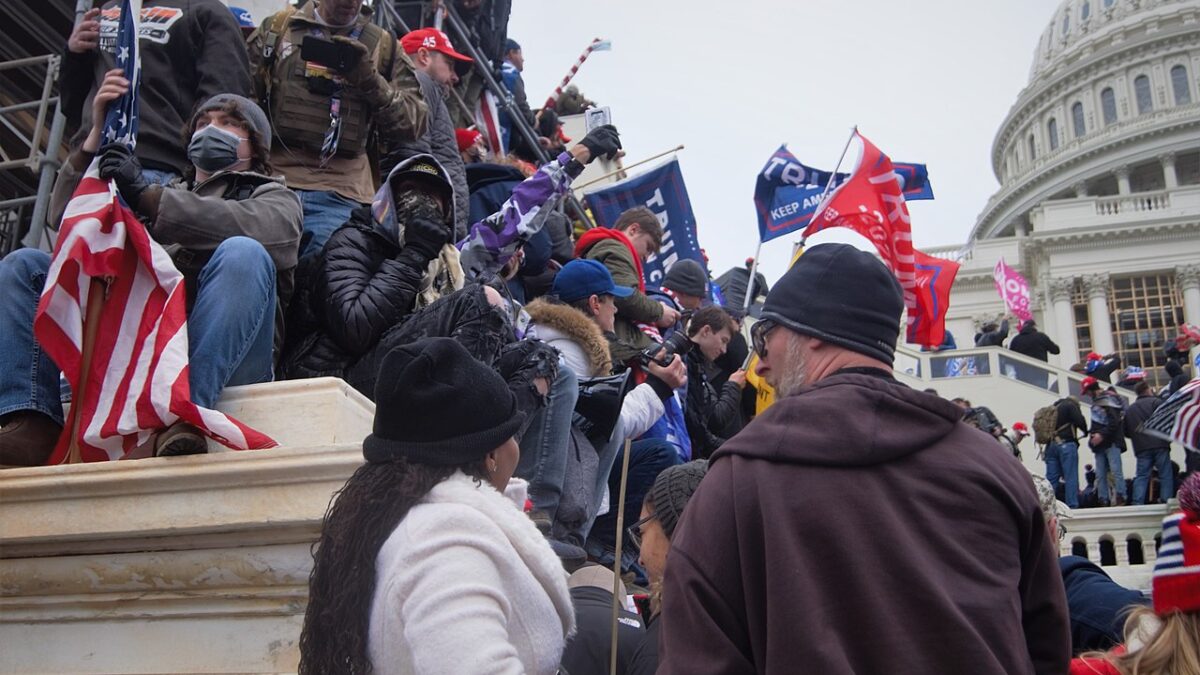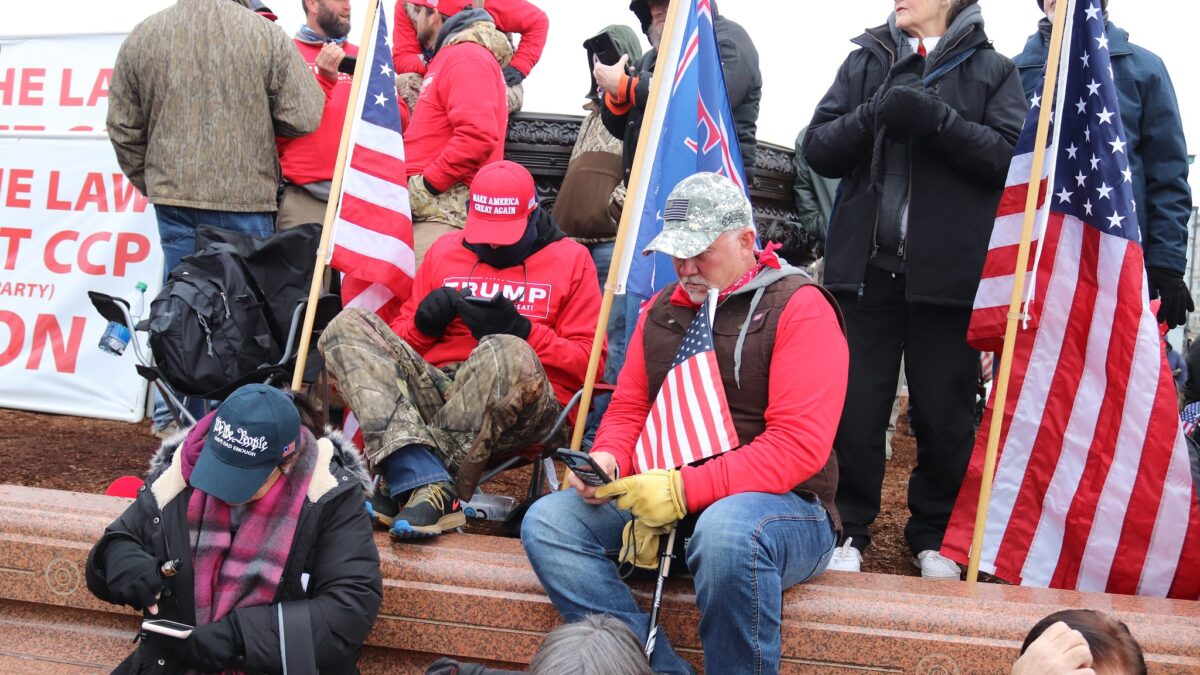
For all the talk of a politicized Supreme Court, there are times an issue unites all nine justices on one side. Earlier this week, that was the result in Timbs v. Indiana, a civil forfeiture case. The case involved deep discussion of the historical roots of the liberties protected by the Bill of Rights and whether those protections apply against the states. Timbs also highlights the issue of civil forfeiture as one of those rare subjects that increasingly unites left and right in America.
Civil forfeiture is the legal process by which the police seize assets from suspected criminals without necessarily charging the owners with wrongdoing. Anyone who wants his property back has to prove that it was not used in a crime.
In effect, people must prove their innocence, the opposite of the way the burden of proof is supposed to work. This reversal of the standards of American justice is effective at funding government, but a consensus has been growing on both sides of the political aisle that it is a perversion of the idea that a person is innocent until proven guilty.
A Basic Rundown of the Timbs Case
The crime in Timbs involved drugs, as forfeiture cases almost always do. The drug trade produces a lot of money, and the drug war goes on seemingly without end. The result is a constant stream of illegal cash and goods that governments have been all too happy to confiscate. When this happens through criminal fines that follow a conviction or guilty plea, there is nothing objectionable in the practice. But civil forfeitures, with their lower burdens of proof and unlimited amounts to be seized, cause a problem.
Tyson Timbs pled guilty in Indiana state court to dealing heroin and was sentenced to a year of house arrest and five years of probation. The state also decided to seize Timbs’s Land Rover, which he had recently purchased for $42,000. That’s pretty typical in civil forfeiture, but Timbs’s lawyers raised an objection: the maximum fine for violating the law in question is $10,000. How can the state relieve the defended of a car more than four times that amount? Just because the proceeding was in civil court, why should the state be allowed to go beyond the limits set by the legislature?
The trial court agreed, and held that the forfeiture was a violation of the excessive fines clause of the Eighth Amendment. The case went back and forth on appeal until it reached the U.S. Supreme Court in 2018. The unanimous decision by Justice Ruth Bader Ginsburg confirmed the initial court’s judgement, holding that the forfeiture in this case does indeed violate the Eighth Amendment. The decision was surprisingly originalist coming from Ginsburg, citing history and the original understanding of our rights.
Selective Application of the 14th Amendment
Ginsburg’s opinion was unanimous in its result, but all nine justices did not accept her reasoning. The dispute was over how and why the Eighth Amendment applies to the states. Originally, the Bill of Rights only limited the federal government. That is why, for example, the First Amendment says that “Congress shall make no law respecting an establishment of religion.” Nothing barred the states from having tax-supported churches, and until 1833 at least one state did.
Whether states violated the rights protected in the Bill of Rights was left to them to decide, and most such protections were mirrored in the states’ constitutions. That system worked until after the Civil War, when the former Confederate states instituted Black Codes that found new ways to violate the civil liberties of former slaves. Congress responded with the Fourteenth Amendment, one provision of which declared that “No State shall make or enforce any law which shall abridge the privileges or immunities of citizens of the United States.”
The understanding in Congress was that “privileges or immunities” meant, among other things, the first eight amendments to the Constitution. That was the statement of the amendment’s author, Rep. John Bingham of Ohio. It was not, however, the opinion issued by the Supreme Court in the Slaughterhouse Cases in 1873, when it inexplicably held that the Fourteenth Amendment was not designed to protect people from the actions of their state governments.
Since then, courts have used the due process clause to do the work the privileges and immunities clause was meant to do. Instead of incorporating the whole Bill of Rights against the states, courts have taken a meandering path, incorporating one right at a time over the years if the right is judged to be “fundamental” or “deeply rooted.” After Timbs, only a very few rights—including the right to indictment by a grand jury and the right to jury trial in civil cases—remain unincorporated.
Clarence Thomas Has It Right
It is to this piecemeal approach that Justice Clarence Thomas raised objection in a separate concurrence in Timbs. Within a generation of the Slaughterhouse Cases, the court began to reconsider its ruling. By 1897, a section of the Bill of Rights was incorporated against the states for the first time. Since then, nearly all of the provisions have followed. They have done so not under the privileges and immunities clause, but under the due process clause in what came to be called “substantive due process,” a theory judges invented to fix the mistake of their predecessors.
If it does the same thing, though, why does any of this matter? The result was unanimous, even if the justices had different ideas about how to get there. So why would Thomas write separately? Because he believes the system of incorporating rights is nonsensical and dangerous. “Because the oxymoronic substantive due process doctrine has no basis in the Constitution,” he wrote, “it is unsurprising that the Court has been unable to adhere to any guiding principle to distinguish fundamental rights that warrant protection from nonfundamental rights that do not.”
Instead of a clear incorporation, as Bingham and the rest of the Fourteenth Amendment’s authors intended, we have the piecemeal approach toward incorporation. Whether states must abide by the Bill of Rights is an open question until some court decides that a right is “fundamental.” That takes the decision out of the legislature’s hands and out of the constitutional provision meant to govern it, vesting the power instead in the judges. Thomas is right not only as an historical matter, but as a moral one, too.
Can The Police Still Take Your Stuff?
The civil forfeiture in Timbs was held to be an excessive fine and contrary to the Constitution. But where does that leave the law on civil forfeitures more generally? In this case, the court ruled extremely narrowly. Civil forfeitures are still taking place after the Timbs ruling, and most are not affected by this decision.
The court held in Austin v. United States (1993) that forfeitures—whether civil or criminal—are punishments. The court in Timbs affirmed that, but given that civil forfeitures have only increased since Austin was decided, that is not much help in deciding whether they continue to be legal. Timbs holds that states may not violate the excessive fines clause of the Eighth Amendment when confiscating property, but says nothing about non-excessive fines. What it Timbs’s car had only been worth $4,200, not $42,000? Under the rule set out in this case, that forfeiture would have been legitimate.
Another wrinkle is that Timbs pled guilty to his crimes. It is not improper for the government to impose fines on criminals who have been found guilty; the only problem here was that the fine exceeded what was allowed by law. But the real abuse in civil forfeiture is in seizing property of people who have not been found guilty and doing so under a civil standard (preponderance of the evidence) rather than a criminal one (guilty beyond a reasonable doubt). Nothing in Timbs addresses this problem, and the police still have wide latitude in deciding your property is part of a criminal enterprise and making you prove otherwise to get it back.
The court has recognized forfeitures as punishments since 1993, so it is not unreasonable to ask whether states should be allowed to inflict punishment on alleged criminals without even proving them guilty of a crime. The Eighth Amendment limits excessive fines and punishments, but the real question about civil forfeitures is whether the government should be able to impose punishments on people—excessive or otherwise—who have not been found guilty of anything.
Justice Thomas has said publicly that he would like the Supreme Court to examine that question. For people who care about civil liberties, the answer cannot come quickly enough.









